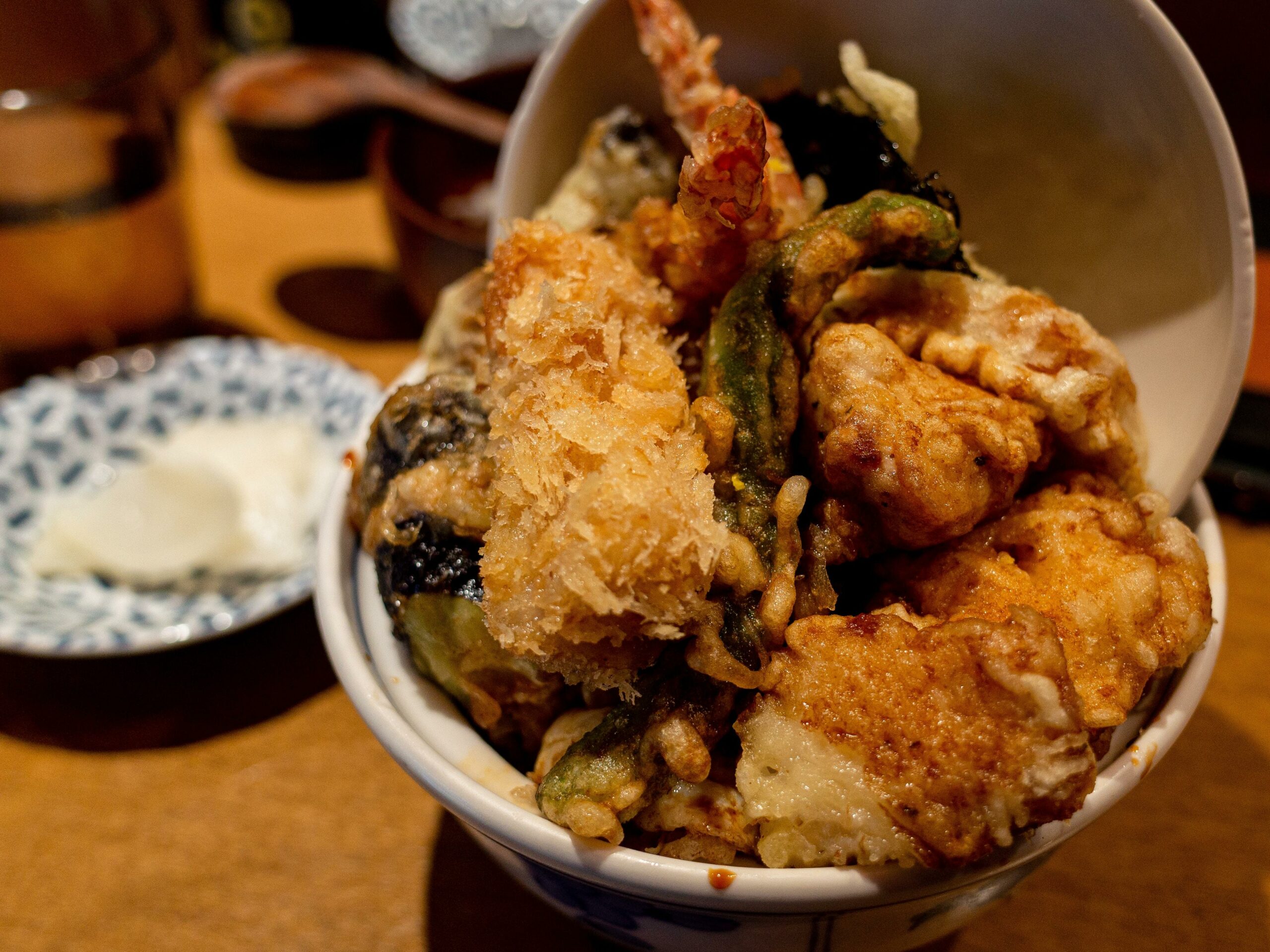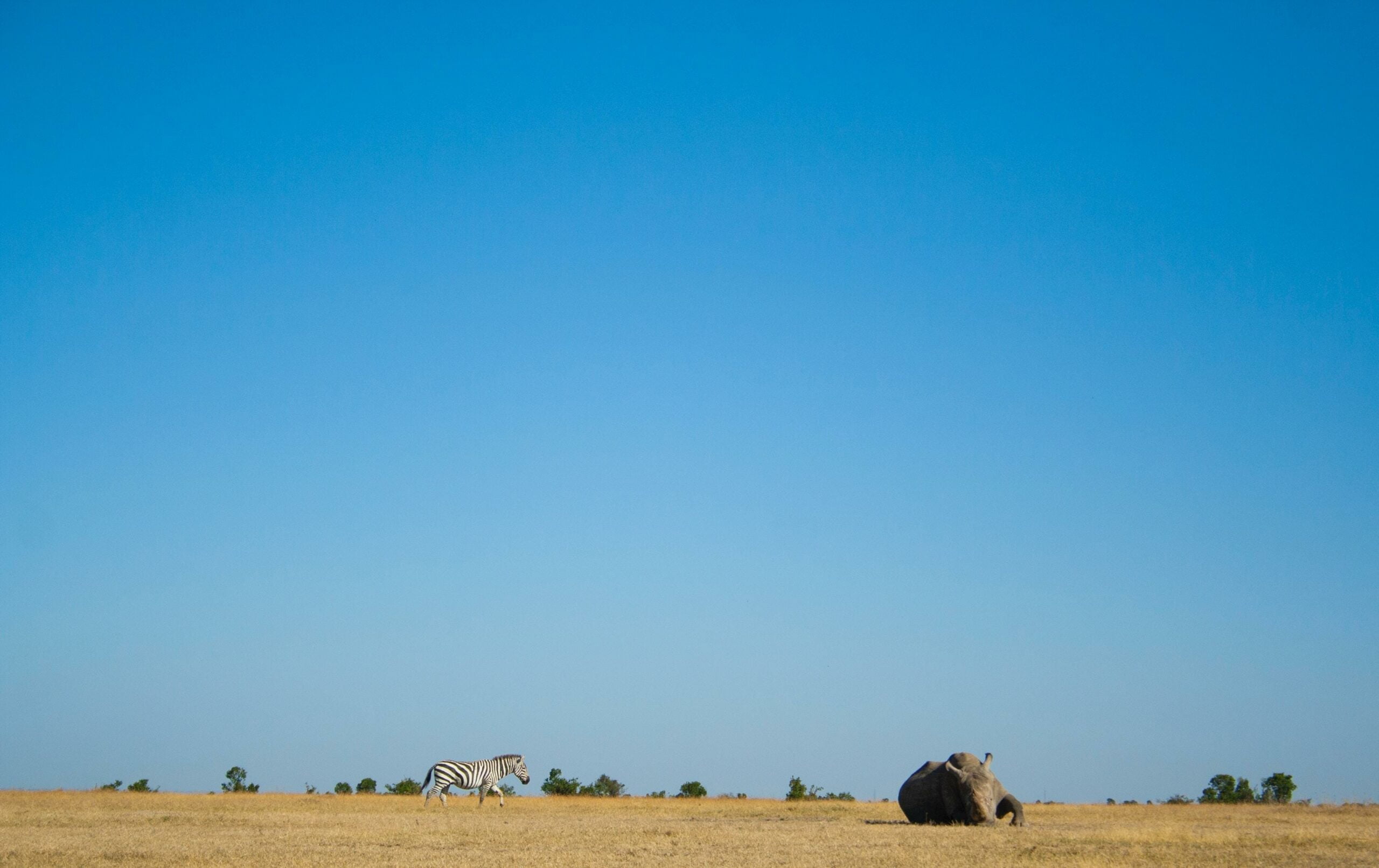Welcome to the fascinating world of human physiology! In this article, we will embark on a journey of discovery as we unravel the mysteries surrounding the human body’s largest tendon – the Achilles tendon. Brace yourself for an exploration into the inner workings of this remarkable structure, delving deep into its function, structure, and the crucial role it plays in our daily lives. Get ready to be captivated by the intricate science behind the Achilles tendon and prepare to be amazed at the marvels of human anatomy. Let’s dive in!

The Achilles Tendon: Unraveling the Human Body’s Largest Tendon
Are you familiar with the impressive structure known as the Achilles tendon? As the largest and strongest tendon in the human body, it plays a crucial role in our everyday movements. Let’s dive into the fascinating science behind this incredible tendon and explore its function, structure, and significance in our lives.
Understanding the Role of Tendons
To comprehend the significance of the Achilles tendon, it’s vital to first grasp the general importance of tendons in the human body. Tendons are tough, fibrous tissues that connect muscles to bones, acting as flexible cables that transmit the force generated by muscles to produce movement. Without tendons, our muscles would be rendered useless, as they would have no way of exerting their force on bones.
One might wonder, why are tendons so resistant to tearing? Well, tendons are composed of dense regular connective tissue, which consists of strong collagen fibers aligned in parallel bundles. These fibers give tendons their excellent strength, enabling them to withstand considerable tension. However, it’s worth noting that while tendons are resistant to tearing, they lack the elasticity found in other connective tissues such as ligaments.
Unveiling the Achilles Tendon’s Function and Structure
Now, let’s turn our attention to the star of the show: the Achilles tendon. This remarkable tendon connects the calf muscle, called the gastrocnemius, to the heel bone or calcaneus. It is formed by the conjoined tendon of the gastrocnemius and the soleus muscles, making it a critical component for lower limb movement.
One of the most intriguing features of the Achilles tendon is its ability to store elastic energy. Picture a spring that stretches when compressed and then releases energy when it recoils. Similarly, the Achilles tendon acts as a spring, storing and releasing energy during movements such as walking and running. This mechanism not only enhances the efficiency of these activities but also helps to stabilize the foot throughout each stride.
The Significance of the Achilles Tendon in Human Movement
We often take for granted the immense role tendons play in our daily lives. Every step we take, every jump we make, and every sprint we embark on depends greatly on the function of our tendons. The Achilles tendon, in particular, is instrumental in positioning the foot during walking and running, ensuring optimal stability and efficiency.
Imagine the Achilles tendon as a bridge connecting the force-generating calf muscles to the foot. This bridge transmits the force of muscle contractions into movement, enabling us to push off the ground and propel ourselves forward. Without the Achilles tendon, our ability to walk, run, and perform various activities involving the lower extremities would be severely compromised.
Common Injuries and Safeguarding the Achilles Tendon
With such a critical role, it’s no surprise that the Achilles tendon is susceptible to injuries. Two common conditions affecting the Achilles tendon are Achilles tendonitis and tibialis posterior tendon injuries. Achilles tendonitis refers to the inflammation of the tendon, often due to overuse or sudden increases in physical activity. On the other hand, tibialis posterior tendon injuries involve damage to the tendon that supports the arch of the foot.
Preventive measures can help safeguard the health of the Achilles tendon. Proper warm-up exercises, stretching routines, and gradually increasing physical activity levels are essential. It’s also crucial to listen to your body and address any discomfort or pain promptly. Drinking ample water and incorporating a nutrient-rich diet can aid in maintaining overall tendon health.
The Achilles Tendon: A Marvel of Human Anatomy
In conclusion, the Achilles tendon stands as a true marvel of human anatomy, showcasing the incredible interplay between muscles, bones, and connective tissues. As the largest tendon in the human body, it facilitates our movements by harnessing the force generated by the calf muscles and transmitting it to the foot. Its elastic properties contribute to efficient walking and running, ensuring stability with each step we take.
Let’s celebrate the Achilles tendon and the thousands of other tendons present in our bodies, for they are the silent heroes that allow us to perform extraordinary feats of strength, mobility, and agility. So next time you lace up your running shoes or engage in physical activity, remember to appreciate the wonders of the Achilles tendon that enable you to move with grace and resilience.
“The Achilles tendon: Connecting muscles to movement, this impressive structure is an essential component in our everyday mobility.”
The largest tendon in the human body is a fascinating topic to explore. Did you know that the Achilles tendon, located at the back of your ankle, holds this prestigious title? This remarkable tendon connects the calf muscles to the heel bone, allowing us to perform activities that range from simple walking to intense sports activities. To delve deeper into the wonders of the largest tendon in the human body, click here: Largest Tendon In Human Body. Prepare to be amazed by the incredible strength and resilience of the Achilles tendon!
FAQ
What is the largest tendon in the human body?
The largest tendon in the human body is the Achilles tendon. It connects the calf muscle to the heel bone and plays a vital role in human movement.
How many tendons are there in the adult human body?
There are approximately 4,000 tendons in the adult human body. They are an essential part of the musculoskeletal system.
What are tendons made of?
Tendons are made up of dense regular connective tissue. This composition gives them strength and durability.
What are some common tendon injuries?
Some common tendon injuries include Achilles tendonitis and tibialis posterior tendon injuries. These injuries can cause pain and limit mobility.
What is the function of the Achilles tendon?
The Achilles tendon is responsible for storing elastic energy and positioning the foot during walking and running. It helps with movements related to the lower leg and foot.
















